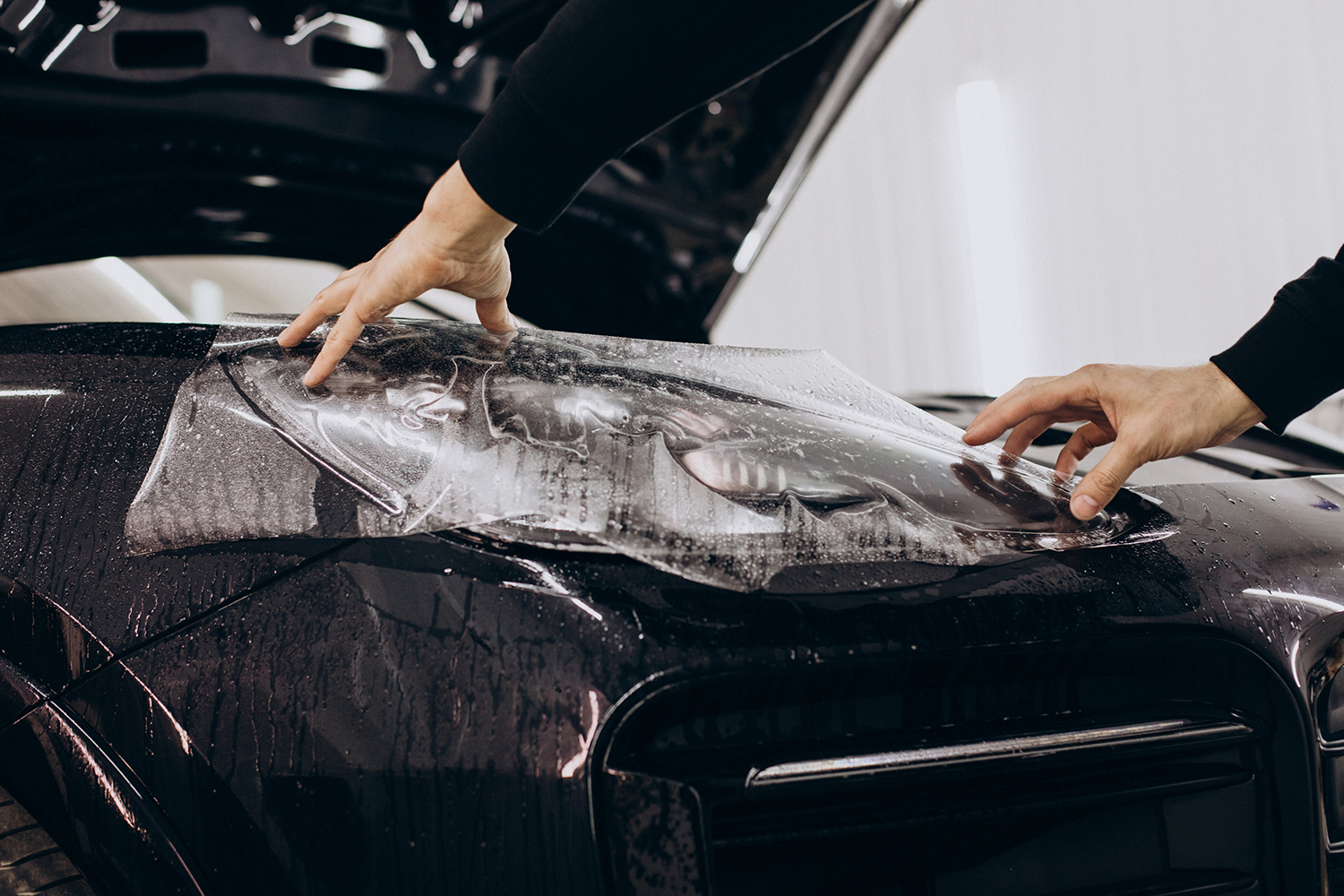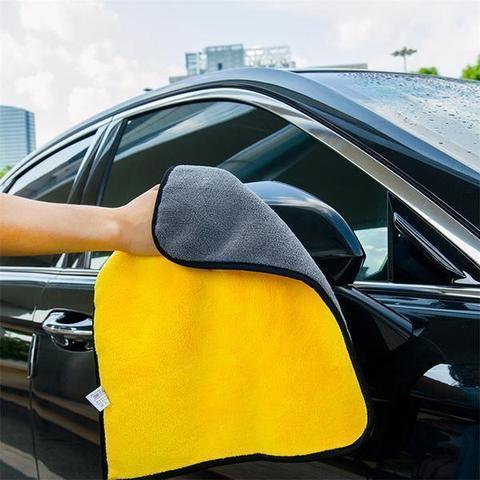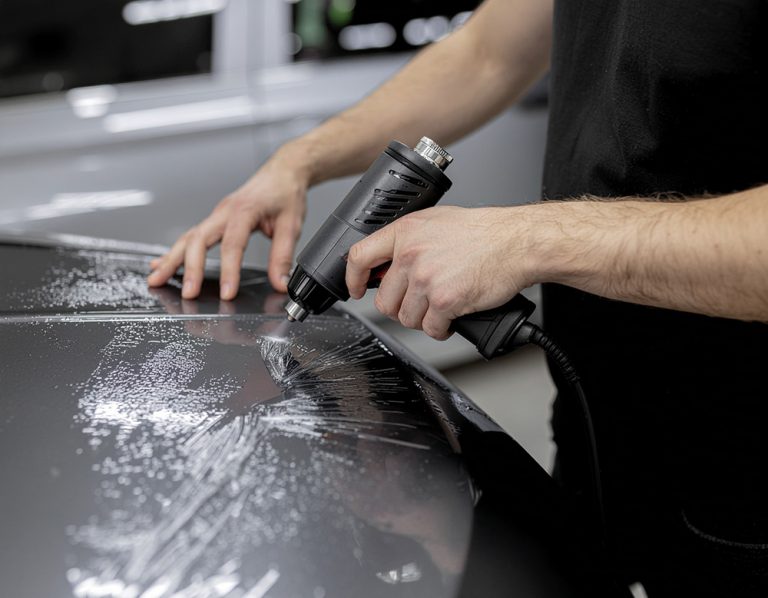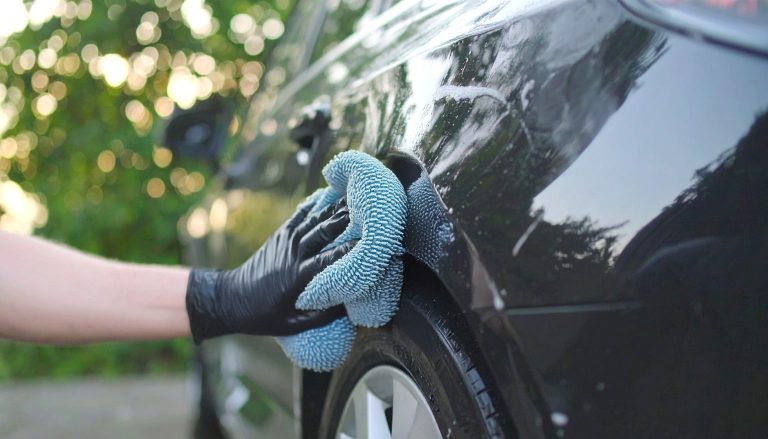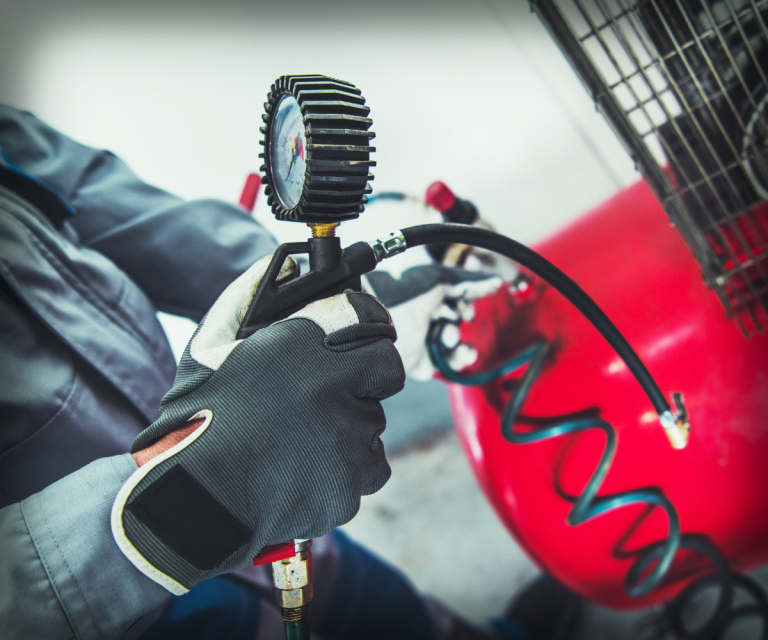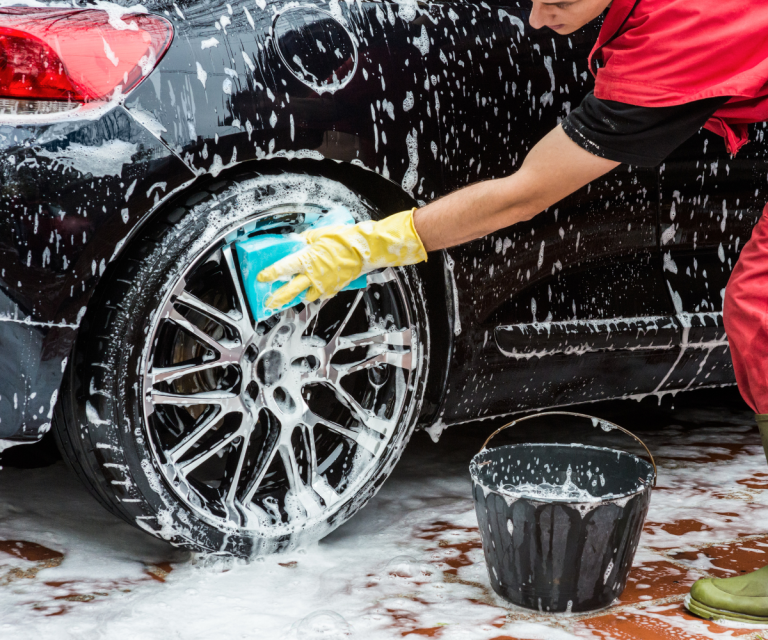Paint Protection Film Facts: 5 Things You Didn’t Know
When you hear paint protection film (PPF), you might think of a luxury car add-on, but this innovative product has a history that might surprise you. From military helicopters to NASCAR to your neighbor’s driveway, PPF has evolved into one of the most effective ways to keep automotive paint looking pristine. Here are five things you didn’t know about PPF.
1. PPF Was Born in the Military
Paint protection film wasn’t originally designed for cars. Back in the Vietnam War era, the Department of Defense asked 3M to create a material to shield helicopter rotor blades and other military aircraft parts from shrapnel, debris, and abrasion.
- The result was a thin, clear urethane film.
- It was lightweight yet strong enough to withstand impacts.
- This innovation quietly set the stage for the car industry decades later.

2. Motorsports Made It Popular
In the 1990s, racing teams—especially in NASCAR and endurance racing—adopted PPF for front-end protection. Why?
- It reduced repainting costs between races.
- The film absorbed rock chips and flying debris at high speeds.
- Its transparency kept the cars looking sharp while withstanding brutal track conditions.
It quickly became a no-brainer in high-impact, high-speed environments.
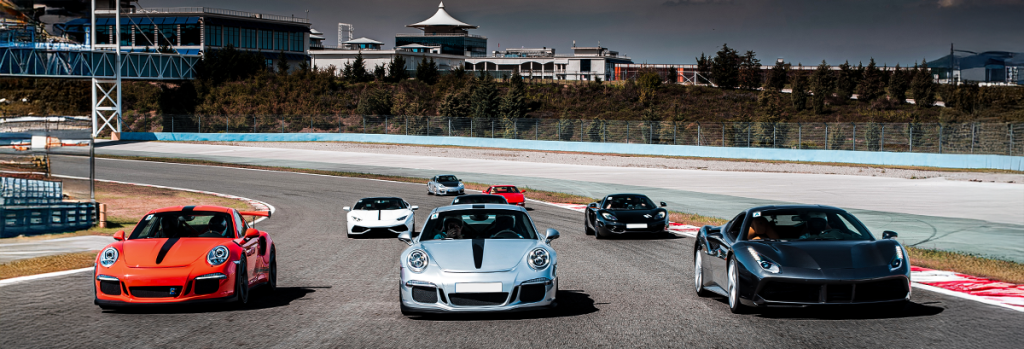
3. The Consumer Market Took Off in the 2000s
By the early 2000s, car enthusiasts and luxury vehicle owners began using PPF to protect their investments. At first, the film was thicker and harder to apply. But thanks to advances in adhesives and coatings:
- Today’s PPF is optically clear and almost invisible.
- Many films are self-healing, repairing minor scratches with heat.
- Options now include matte, gloss, and even colored finishes.
What was once a racing pit secret became a mainstream product for everyday drivers who care about their paint.

4. It’s Built Like High-Tech Armor
PPF isn’t just a piece of plastic stuck to your paint. It’s a multi-layered film engineered for durability and clarity.
Typical Construction:
- Topcoat Layer: Self-healing, UV-resistant, protects against chemical damage.
- Clear Polyurethane Layer: Flexible core layer that absorbs rock chips and scratches.
- Adhesive Layer: Pressure-sensitive and non-yellowing, designed to peel off cleanly.
- Release Liner: Removed during installation to keep the adhesive pristine.
This structure allows PPF to remain tough while blending seamlessly into your vehicle’s paintwork.
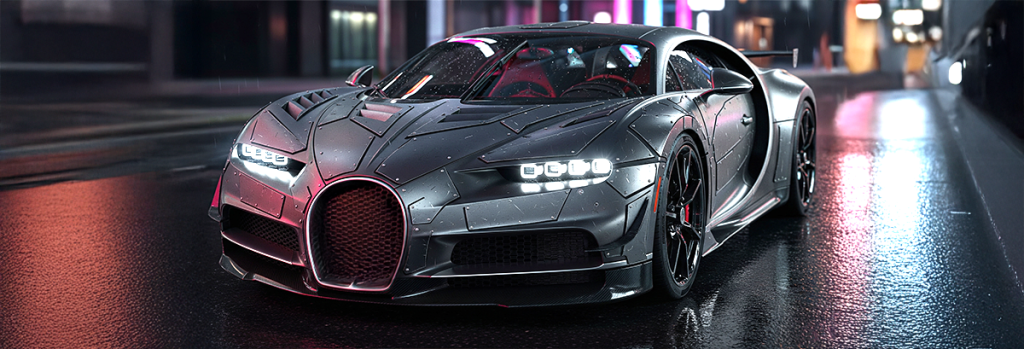
5. The Benefits Go Way Beyond Rock Chip Protection
Most people assume PPF is just about preventing stone chips, but it does much more.
- Self-Healing: Heat from the sun or warm water can erase light scratches and swirl marks.
- UV Defense: Blocks harmful rays, keeping paint from fading and oxidizing.
- Chemical Resistance: Resists damage from bug splatter, bird droppings, tree sap, and road salt.
- Easy Cleaning: Hydrophobic coatings help dirt and water slide right off.
- Resale Value: A car with original, well-maintained paint will always hold more value.
- Aesthetic Options: Available in gloss, matte, and even colored finishes for custom style.
With warranties ranging from 5–10 years, PPF is as much an investment in your car’s future as it is a form of protection today.

FAQ: Paint Protection Film (PPF)
1. What is Paint Protection Film (PPF)?
PPF is a clear, durable urethane film applied to a vehicle’s painted surfaces to protect against scratches, chips, stains, and UV damage.
It comes on a roll and install shops plot out patterns made for the car’s year, make and model. The patterns are cut with the plotter and installers can install those onto the car using different solutions to allow adjustments until the PPF adheres to the car’s surface.
The installer can also “bulk” install the film which means they stretch a large uncut piece across the surface. These are mostly used for hood installs.
2. How long does PPF last?
High-quality films can last 5 to 10 years depending on the brand, maintenance, and exposure to environmental factors like sun, salt, and road debris.
3. Does PPF make my car completely scratch-proof?
No film can make your car 100% scratch-proof. However, PPF significantly reduces the risk of rock chips, swirl marks, and minor scratches from everyday driving.
4. Will PPF change the look of my paint?
PPF is designed to be invisible. Some films even enhance gloss or come in matte finishes to change the car’s appearance while still protecting it.
5. Can PPF heal itself from scratches?
Yes. Many modern PPFs have “self-healing” technology that uses heat from the sun or warm water to erase light scratches and swirl marks.
6. Can I wash and wax my car like normal with PPF installed?
Yes. You can hand wash or use touchless car washes. Avoid harsh chemicals or abrasive polishes. Waxing is safe, but avoid products with heavy abrasives or petroleum distillates.
7. Where on the car should I apply PPF?
Popular areas include the hood, front bumper, fenders, side mirrors, and rocker panels. Full-body coverage is an option for maximum protection.
8. Is PPF better than ceramic coating?
They serve different purposes. PPF protects against physical damage like chips and scratches, while ceramic coatings focus on hydrophobic properties and shine.
It’s common to combine the two for a full car protection.
9. How much does PPF Cost?
Prices vary depending on coverage and brand. Partial front-end coverage may start around $1,000, while full-body installs can range from $4,000 to $8,000 or more.
10. Can PPF be removed later?
Yes. PPF is designed to be safely removed by professionals without damaging the paint, making it a reversible option for protection.
Final Thoughts
Paint Protection Film has come a long way from its battlefield beginnings. Whether you drive a supercar, a daily commuter, or anything in between, PPF helps preserve your car’s appearance, protects against damage, and makes cleaning easier.
Think of it as invisible armor for your vehicle—quietly working in the background while you enjoy the drive.
Read our other PPF articles:

